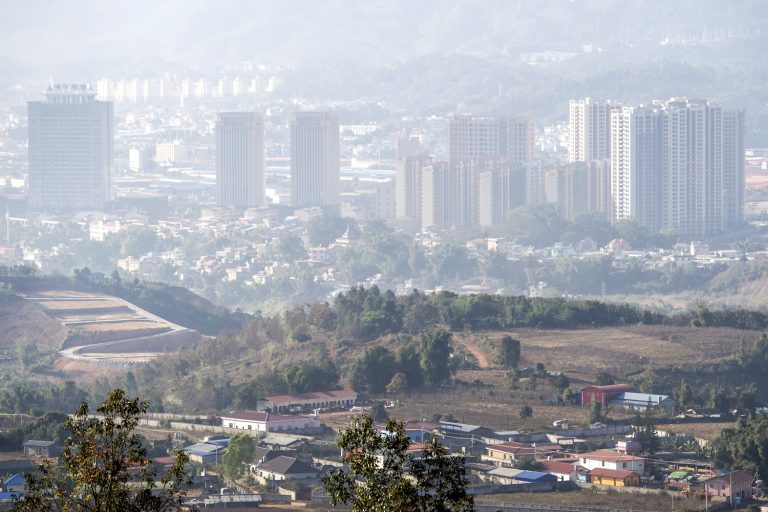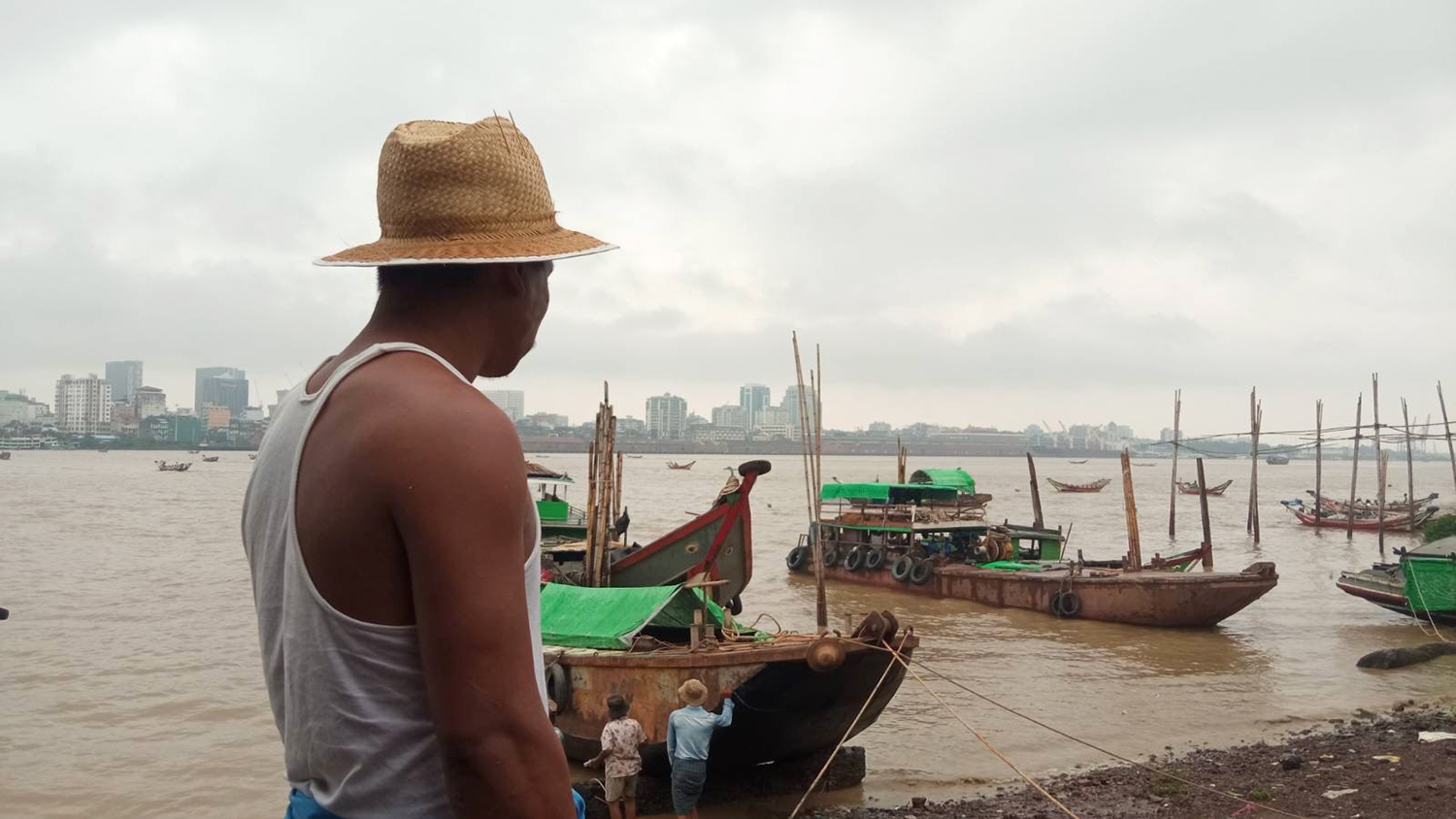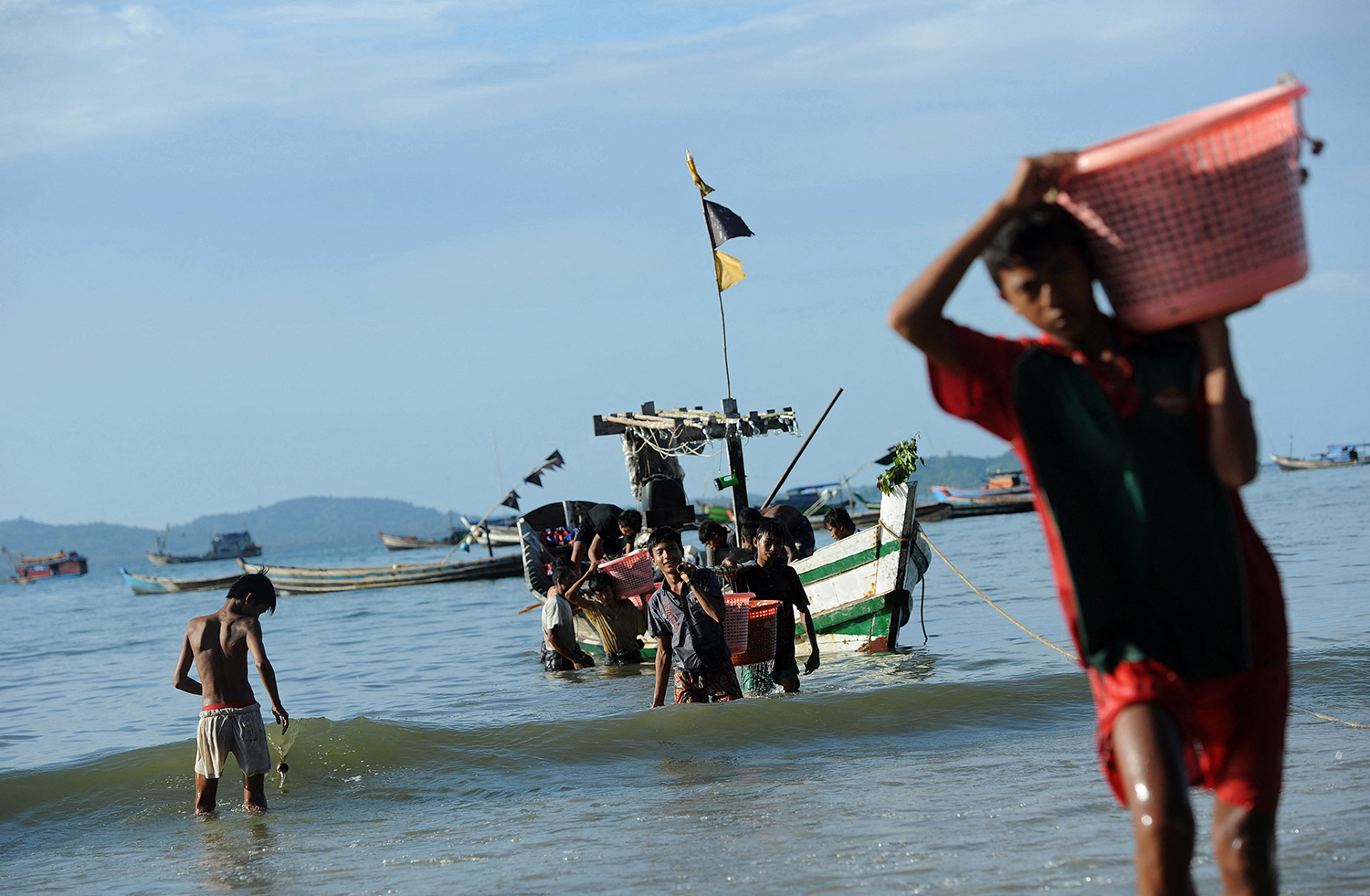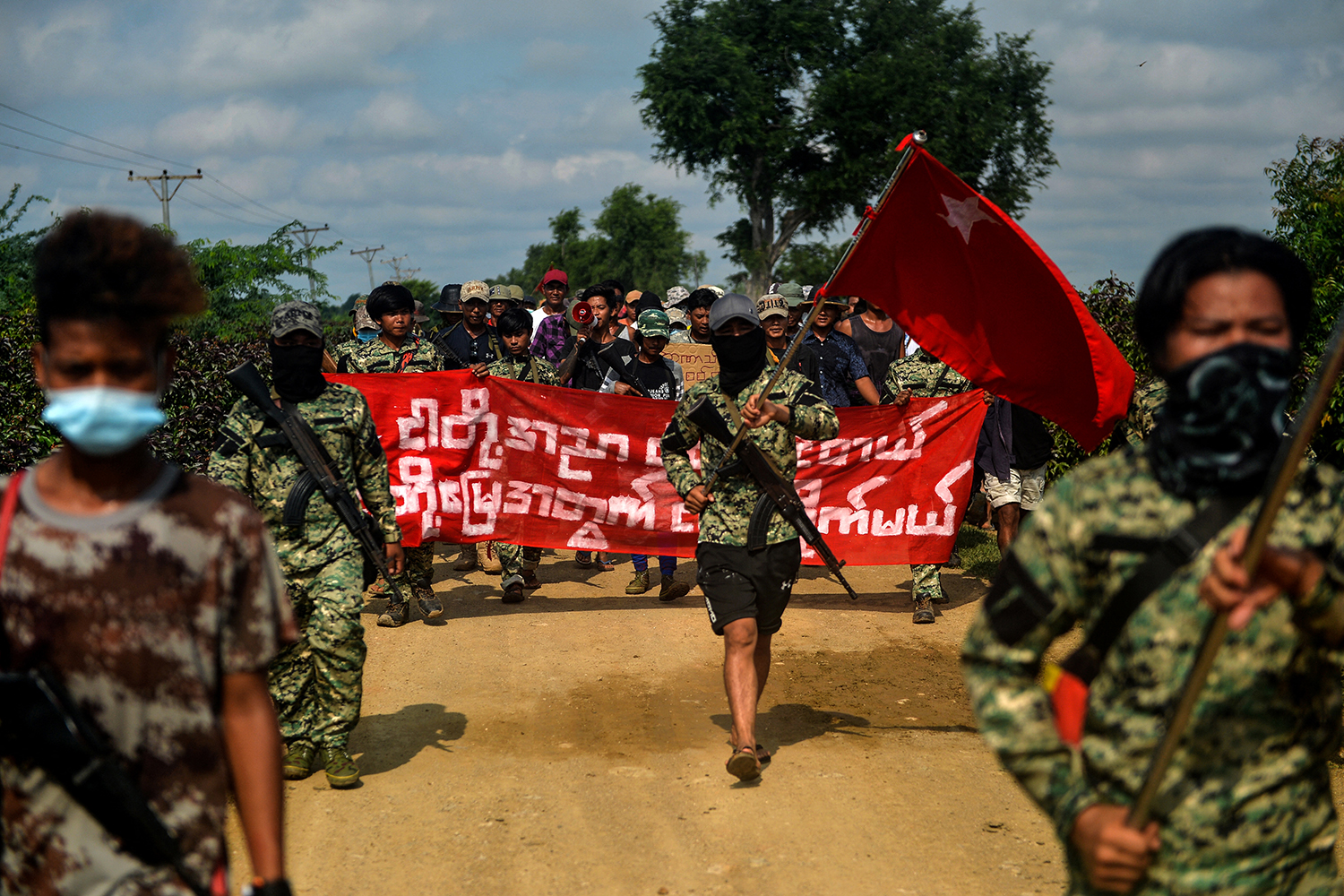Prolonged lockdown measures are wreaking great harm and people are fed up. The government needs to ditch this blunt tool for a more surgical approach.
By FRONTIER
When it comes to responding to COVID-19, Myanmar has arguably punched above its weight.
It kept its first outbreak to a level that was the envy of many developed nations. Although a second wave has hit Myanmar’s major population centres hard, we still compare favourably with Asia as a whole in terms of cases and deaths per million people.
Crucially, we’ve kept the virus to a manageable level so that the health system can treat and isolate confirmed and suspected cases. Testing, while not yet adequate, has also expanded significantly. Government policymakers, doctors and nurses, and volunteers all deserve credit for this achievement.
To avoid squandering their hard work, Myanmar’s response needs to move into a new phase.
When the virus was spreading rapidly, stay-at-home orders were an important part of the government’s response toolkit. Keeping people in their homes in September and October helped to slow the rate of infection and enabled the Ministry of Health and Sports to expand testing, treatment and quarantine capacity.
But these “lockdowns” cause great economic and social harm; there are limits to what you can ask people to do. We are now well past those limits, particularly in Yangon.
Don’t believe us? Just look at the thousands of people who congregated at Yangon University over the Tazaungdaing long weekend, or who headed to public areas to celebrate the full moon festival. These are not your stereotypical rulebreakers – they are young couples, families and well-behaved groups of friends who, after more than two months, have simply had enough of staying indoors.
Long before the holiday weekend, the streets had been busy with vendors, shoppers and people exercising – almost all in violation of stay-at-home orders. Life is quickly shifting to a new normal, in which mask wearing, social distancing and handwashing are all prominent features. The rules now need to keep up.
The stay-at-home orders were never enforced particularly stringently. They didn’t really need to be: most people accepted that in order to bring COVID-19 under control, they’d have to avoid going outside unnecessarily.
But people need to get back to work. They need to be able to check on relatives and catch up with friends. They need to be able to exercise. And children need to get back to school. There are ways to do all of these things safely, even when COVID-19 is present in the community.
Stay-at-home orders are a blunt instrument. Myanmar now needs to take a more surgical approach. Mask wearing will be a must. Social distancing will be essential. The government and its partners will also need to make further investments in health system capacity.
It might seem counterintuitive, but a shift in approach now may well be the safest option from a health point of view. With so many flouting the strict stay-at-home orders, enforcement has become basically impossible. The risk is that, with officials forced to look the other way, people will start to think that none of the rules need to be followed. Thankfully, there are few signs that is the case yet.
It’s not that COVID-19 restrictions need to be dispensed with – they just need to be adjusted to enable people to get on with their lives in a safe way. Despite the recent good news about vaccines, most people in Myanmar are unlikely to have access to them for several years, according to current estimates. In the meantime, we’ll need to learn to live with COVID-19.







